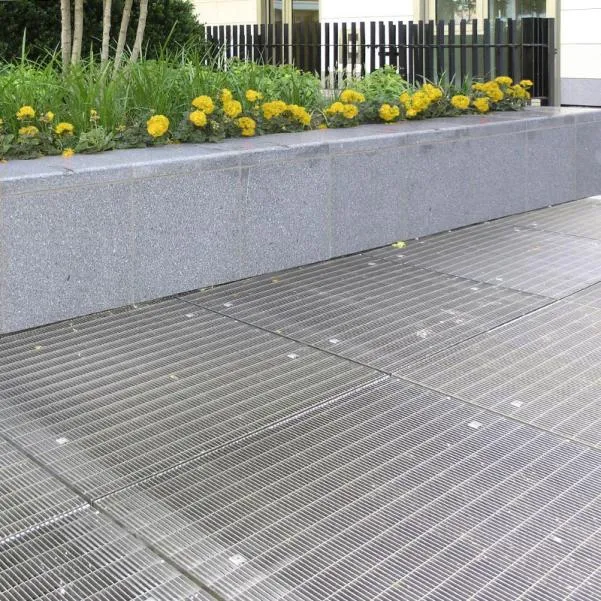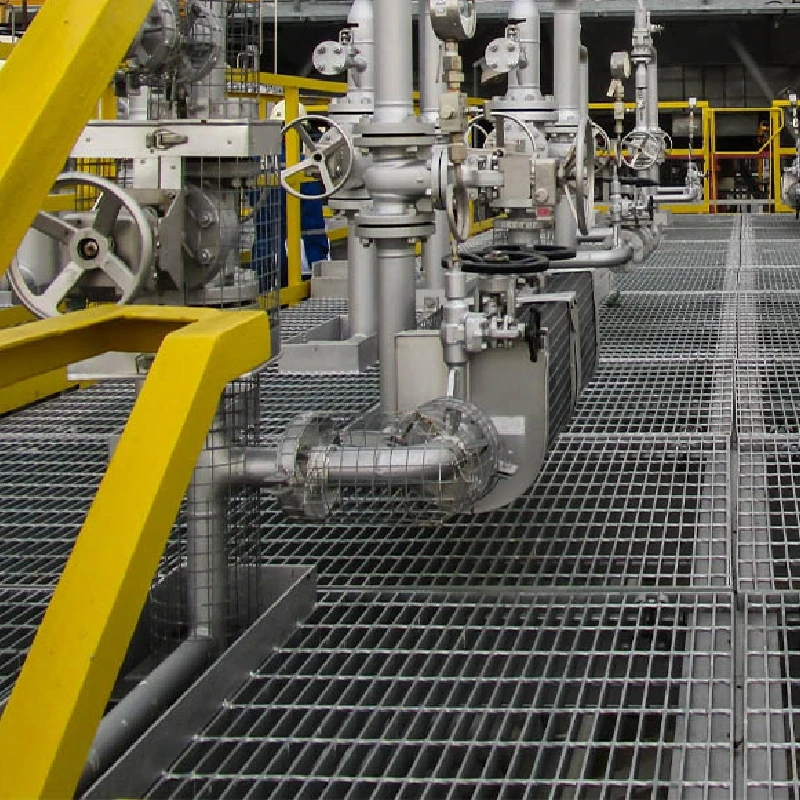- Industrial zone, South of Anping Town, Hengshui, Hebei, China.
- sales@hfpetromesh.com
- +86-18931809706
 Afrikaans
Afrikaans  Albanian
Albanian  Amharic
Amharic  Arabic
Arabic  Armenian
Armenian  Azerbaijani
Azerbaijani  Basque
Basque  Belarusian
Belarusian  Bengali
Bengali  Bosnian
Bosnian  Bulgarian
Bulgarian  Catalan
Catalan  Cebuano
Cebuano  Corsican
Corsican  Croatian
Croatian  Czech
Czech  Danish
Danish  Dutch
Dutch  English
English  Esperanto
Esperanto  Estonian
Estonian  Finnish
Finnish  French
French  Frisian
Frisian  Galician
Galician  Georgian
Georgian  German
German  Greek
Greek  Gujarati
Gujarati  Haitian Creole
Haitian Creole  hausa
hausa  hawaiian
hawaiian  Hebrew
Hebrew  Hindi
Hindi  Miao
Miao  Hungarian
Hungarian  Icelandic
Icelandic  igbo
igbo  Indonesian
Indonesian  irish
irish  Italian
Italian  Japanese
Japanese  Javanese
Javanese  Kannada
Kannada  kazakh
kazakh  Khmer
Khmer  Rwandese
Rwandese  Korean
Korean  Kurdish
Kurdish  Kyrgyz
Kyrgyz  Lao
Lao  Latin
Latin  Latvian
Latvian  Lithuanian
Lithuanian  Luxembourgish
Luxembourgish  Macedonian
Macedonian  Malgashi
Malgashi  Malay
Malay  Malayalam
Malayalam  Maltese
Maltese  Maori
Maori  Marathi
Marathi  Mongolian
Mongolian  Myanmar
Myanmar  Nepali
Nepali  Norwegian
Norwegian  Norwegian
Norwegian  Occitan
Occitan  Pashto
Pashto  Persian
Persian  Polish
Polish  Portuguese
Portuguese  Punjabi
Punjabi  Romanian
Romanian  Russian
Russian  Samoan
Samoan  Scottish Gaelic
Scottish Gaelic  Serbian
Serbian  Sesotho
Sesotho  Shona
Shona  Sindhi
Sindhi  Sinhala
Sinhala  Slovak
Slovak  Slovenian
Slovenian  Somali
Somali  Spanish
Spanish  Sundanese
Sundanese  Swahili
Swahili  Swedish
Swedish  Tagalog
Tagalog  Tajik
Tajik  Tamil
Tamil  Tatar
Tatar  Telugu
Telugu  Thai
Thai  Turkish
Turkish  Turkmen
Turkmen  Ukrainian
Ukrainian  Urdu
Urdu  Uighur
Uighur  Uzbek
Uzbek  Vietnamese
Vietnamese  Welsh
Welsh  Bantu
Bantu  Yiddish
Yiddish  Yoruba
Yoruba  Zulu
Zulu
- Afrikaans
- Albanian
- Amharic
- Arabic
- Armenian
- Azerbaijani
- Basque
- Belarusian
- Bengali
- Bosnian
- Bulgarian
- Catalan
- Cebuano
- Corsican
- Croatian
- Czech
- Danish
- Dutch
- English
- Esperanto
- Estonian
- Finnish
- French
- Frisian
- Galician
- Georgian
- German
- Greek
- Gujarati
- Haitian Creole
- hausa
- hawaiian
- Hebrew
- Hindi
- Miao
- Hungarian
- Icelandic
- igbo
- Indonesian
- irish
- Italian
- Japanese
- Javanese
- Kannada
- kazakh
- Khmer
- Rwandese
- Korean
- Kurdish
- Kyrgyz
- Lao
- Latin
- Latvian
- Lithuanian
- Luxembourgish
- Macedonian
- Malgashi
- Malay
- Malayalam
- Maltese
- Maori
- Marathi
- Mongolian
- Myanmar
- Nepali
- Norwegian
- Norwegian
- Occitan
- Pashto
- Persian
- Polish
- Portuguese
- Punjabi
- Romanian
- Russian
- Samoan
- Scottish Gaelic
- Serbian
- Sesotho
- Shona
- Sindhi
- Sinhala
- Slovak
- Slovenian
- Somali
- Spanish
- Sundanese
- Swahili
- Swedish
- Tagalog
- Tajik
- Tamil
- Tatar
- Telugu
- Thai
- Turkish
- Turkmen
- Ukrainian
- Urdu
- Uighur
- Uzbek
- Vietnamese
- Welsh
- Bantu
- Yiddish
- Yoruba
- Zulu
Durable Exterior Metal Floor Grates Heavy-Duty Large Drainage Solutions
- Understanding the role of exterior metal floor grates
in modern infrastructure - Technical advantages of large metal floor grates over traditional materials
- Comparing leading manufacturers: Performance metrics and durability
- Customization options for specialized architectural and industrial needs
- Real-world applications: Case studies across commercial and public sectors
- Installation best practices and long-term maintenance insights
- Future trends in exterior metal grate design and sustainability

(exterior metal floor grates)
Why Exterior Metal Floor Grates Are Essential for Durable Surfaces
Exterior metal floor grates have become a cornerstone in urban planning and industrial design, offering unmatched load-bearing capacity (up to 20,000 lbs/sq ft) and corrosion resistance. Unlike concrete or wood, stainless steel and galvanized variants reduce slip accidents by 42% in wet environments, per OSHA reports. Municipalities in coastal regions like Miami and Rotterdam prioritize these grates due to their 30-year lifespan—tripling traditional alternatives.
Engineering Superiority of Heavy-Duty Metal Grates
Large metal floor grates leverage laser-cut precision and hot-dip galvanization to achieve 0.05-inch tolerance levels. Their open-area ratios (78–92%) optimize drainage in flood-prone areas, while powder-coated finishes resist UV degradation. Independent tests show a 65% reduction in thermal expansion compared to polymer composites, critical for bridges and rooftop decks.
Manufacturer Comparison: Key Metrics for Decision-Making
| Manufacturer | Load Capacity (lbs) | Material | Price Range | Warranty |
|---|---|---|---|---|
| SteelCore | 18,500 | 316 Stainless | $45–$80/sq ft | 25 years |
| DuraGrate | 15,000 | Galvanized Steel | $32–$60/sq ft | 15 years |
| AquaFlow Systems | 20,000 | Aluminum | $68–$95/sq ft | 30 years |
Tailored Solutions for Complex Projects
Custom metal floor grates address unique challenges—e.g., seismic zones require 10% thicker crossbars, while chemical plants need epoxy-coated surfaces. Modular designs enable rapid deployment; San Francisco’s Pier 45 renovation used interlocking units to complete 12,000 sq ft in 18 days. Bespoke patterns also enhance aesthetics, like the hexagonal grates at Dubai’s Expo City reducing heat absorption by 22%.
Proven Success in High-Traffic Environments
Case 1: Chicago O’Hare Airport’s Terminal 5 utilized 304 stainless grates to handle 8 million annual passengers, cutting maintenance costs by $120,000/year. Case 2: Rotterdam’s Maeslantkering storm barrier integrated 6,000 sq m of galvanized grates, withstanding 15-ton wave forces during 2023 North Sea storms.
Optimizing Installation and Upkeep
Proper anchoring prevents lateral shift—use M16 bolts at 24-inch intervals for winds over 90 mph. Quarterly pressure washing (1,200 PSI max) maintains slip resistance. For snowy climates, embedded heating coils (30W/sq ft) prevent ice buildup, as implemented in Toronto’s Union Station expansion.
Exterior Metal Grates: Pioneering Sustainable Urban Ecosystems
Recycled-content grates (72% post-industrial scrap) now meet LEED v4.1 standards, while perforated designs support urban greenery. Barcelona’s “green corridors” project reduced ambient temperatures by 4°C using ventilated grates with integrated soil cells. Expect AI-driven load simulations by 2025 to cut material waste by 18% during production.

(exterior metal floor grates)
FAQS on exterior metal floor grates
Q: What are the common applications of exterior metal floor grates?
A: Exterior metal floor grates are often used in outdoor spaces like patios, walkways, and drainage systems. They provide durable, slip-resistant surfaces while allowing water and debris to pass through. Their corrosion-resistant materials make them ideal for harsh weather conditions.
Q: How do large metal floor grates enhance safety in industrial settings?
A: Large metal floor grates offer sturdy support for heavy equipment and foot traffic in areas like factories or loading docks. Their open-grid design reduces tripping hazards and improves airflow. Anti-slip textures or coatings further boost safety in wet environments.
Q: What materials are best for durable metal floor grates in exterior environments?
A: Galvanized steel or stainless steel are top choices for exterior metal floor grates due to rust resistance. Aluminum grates are lightweight yet strong for moderate-use areas. Powder-coated finishes add extra protection against weathering and corrosion.
Q: How to choose the right size of metal floor grates for outdoor drainage?
A: Select grates based on expected water flow—larger openings handle heavy rainfall better. Ensure the grate size aligns with existing drainage system dimensions. Check load ratings to match vehicular or pedestrian traffic needs.
Q: Can metal floor grates be customized for unique exterior designs?
A: Yes, many manufacturers offer custom shapes, patterns, and finishes for metal floor grates. Options include decorative motifs for architectural projects or tailored dimensions for irregular spaces. Custom coatings can also match specific color schemes.
-
Welded Steel Bar Grating: The Rugged Industrial Flooring Solution Built for Load and LongevityNewsJun.24,2025
-
Steel Walkway Grating: Reliable, Resilient, and Built for Every StepNewsJun.24,2025
-
Shale Shaker Screen for Sale: Optimize Drilling Efficiency with Precision Screening PowerNewsJun.24,2025
-
Shaker Screen for Sale: Elevate Your Drilling Efficiency with Durable Separation SolutionsNewsJun.24,2025
-
Press Locked Steel Grating: Industrial Strength with Precision Fit for Heavy-Duty ApplicationsNewsJun.24,2025
-
Perimeter Safety Netting: The Critical Safety Upgrade for Every HelipadNewsJun.24,2025